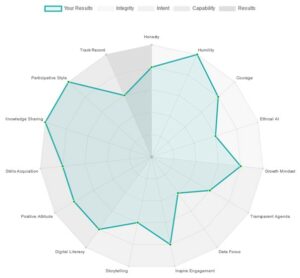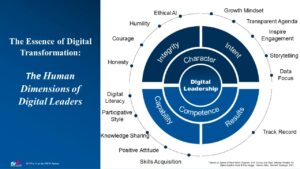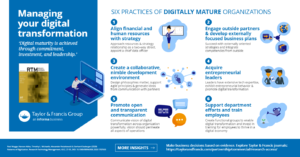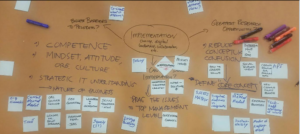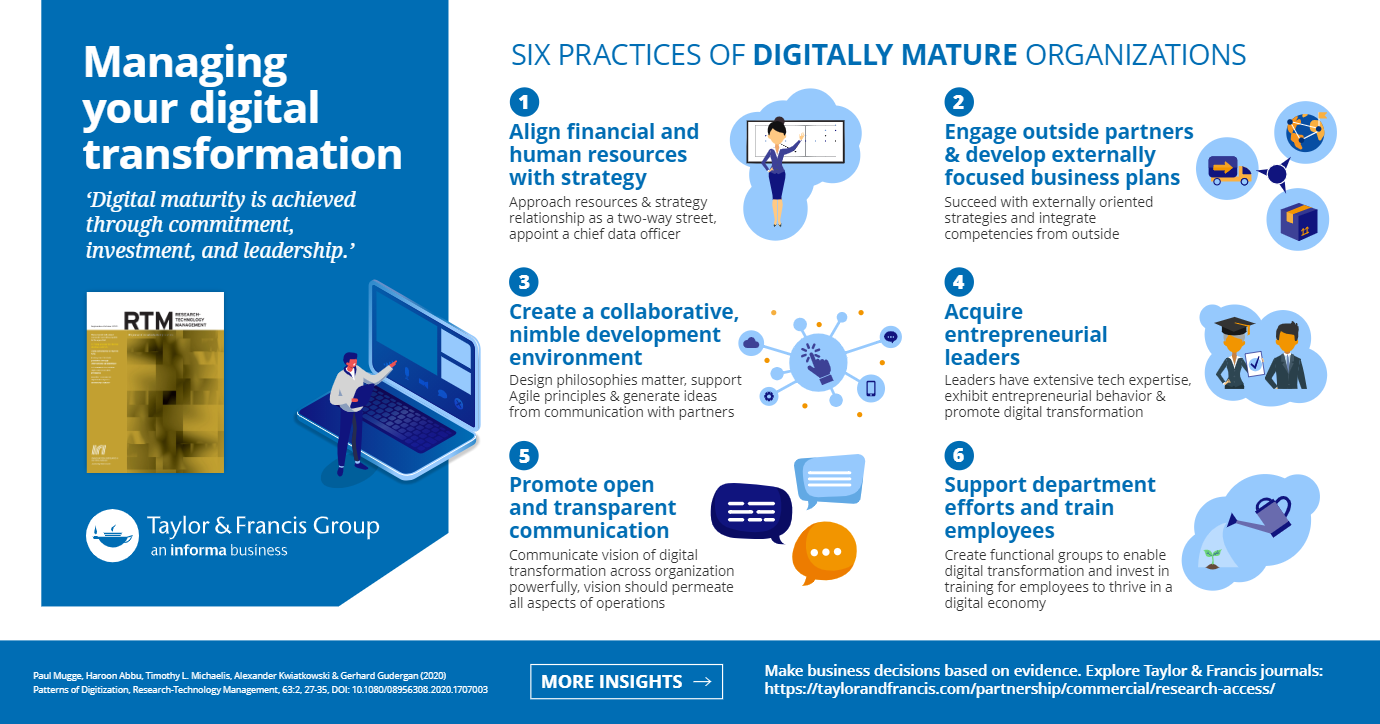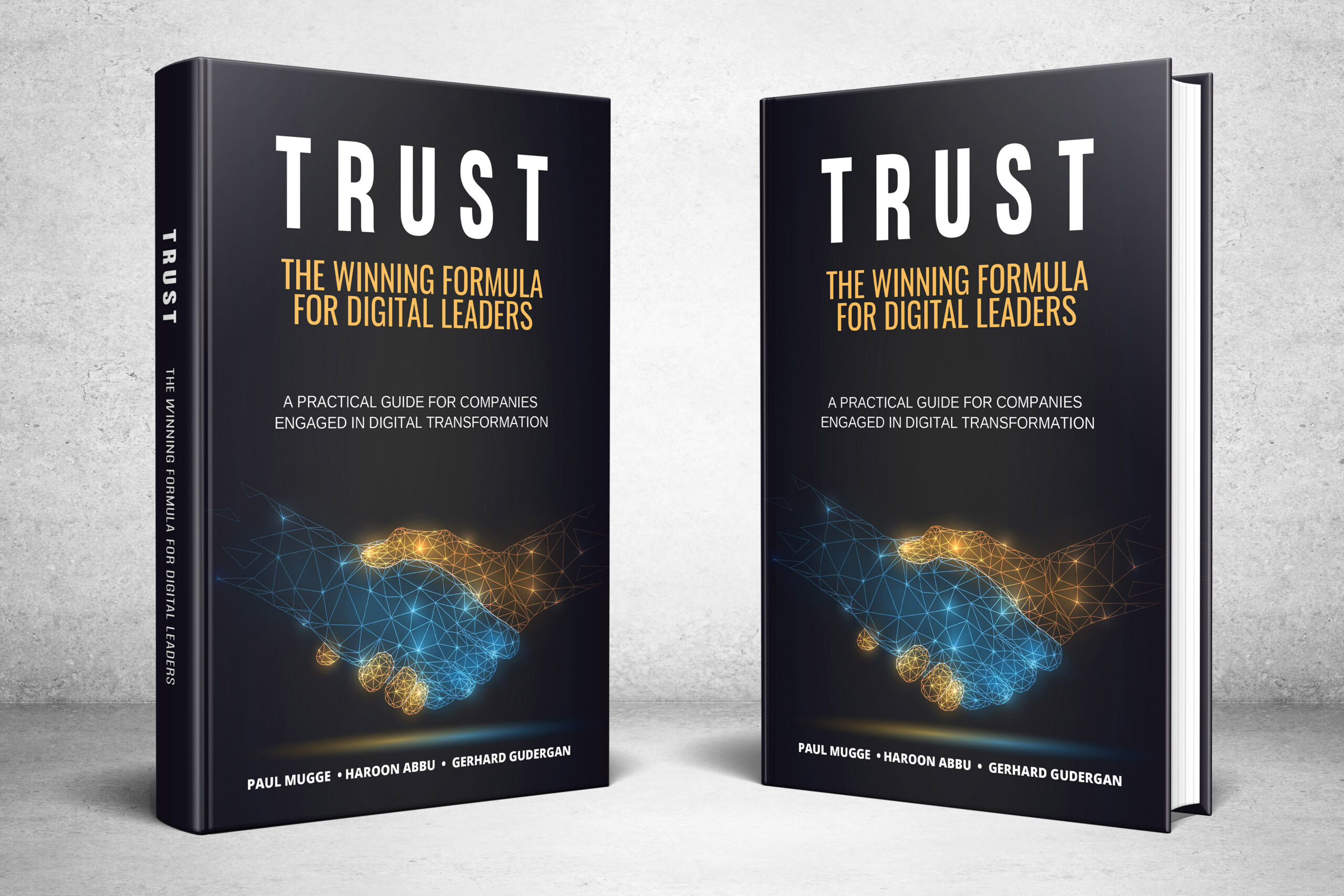Digital Transformation Blueprint
We Enable Leaders to Make Digital Transformation Happen Through Latest Insights & Research
Businesses are frantically trying to remake themselves into being digital businesses. Digital transformation is taking the world by storm—and everyone in the organization is, or will be, touched by it. We consider digital transformation to be a significant change in the basic pattern of how organizations create value. We’ve been researching this new phenomenon since 2017 and here we describe various facets of our research, their findings, and implications.

